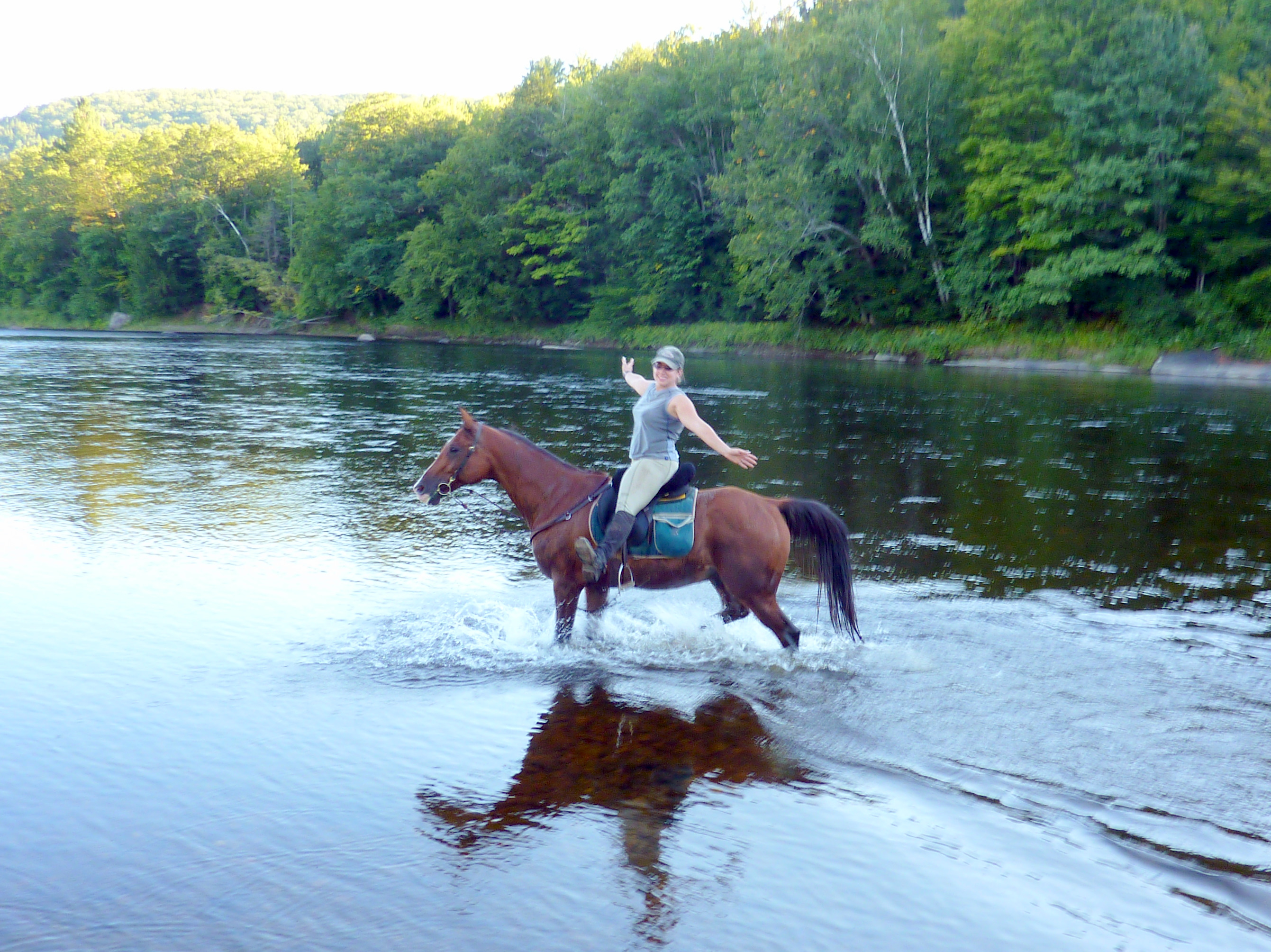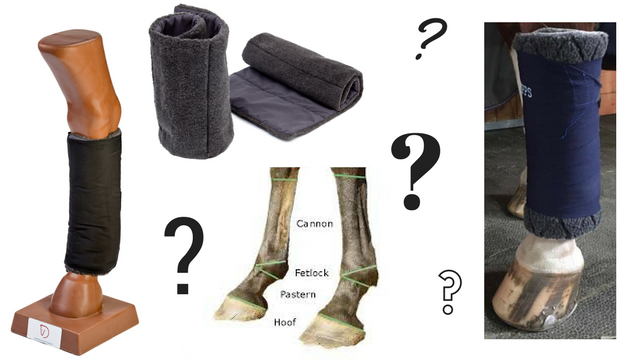5 Keys to Healthy Horse Legs
Your horse’s legs carry a lot of weight – 60% of their total weight is carried on their front legs – making leg care one of the most important pieces of the horse care puzzle. Here’s what you can do to help keep your horse’s legs looking and feeling their best.
Know your horse’s legs. It might sound like common sense, but you’d be surprised how many people don’t know what “normal” is for their horse’s legs. The basic anatomy and confirmation of all horses’ legs are the same, but life experiences, injuries, and other factors may mean that your horse’s normal isn’t exactly textbook. Make sure that you’re inspecting your horse’s legs daily so that you have a baseline idea of how his legs feel at their best. That will help you detect changes in his legs as well as subtle injuries in the future.
Create a routine. A regular leg care routine isn’t just for horses in moderate to heavy work. All horses can benefit from routine alternative therapies, especially seniors and horses that are stabled for long periods of time. Cold therapy, poultice, lineament, or vibration therapy might be possible options. Therapeutic wraps are often the easiest way to offer support and relief to tired legs. Your vet or trusted professional can help you decide which therapies might be right for your horse.
Treat those feet. The old adage “no hoof, no horse” has a significant amount to truth to it! Having a correctly shod or trimmed horse can often times be the difference between a lame or sound horse. Make sure your horse is getting regular farrier care from a trusted professional.
Keep them clean. As a part of your horse’s regular leg inspection, check for cuts, scratches, or ‘leg crud’. Often a small knick or fungal spot can turn into a much larger problem if left untreated. Make sure legs are always kept as clean, dry, and mud-free as possible to prevent skin irritations.
Footing matters. The footing you choose to ride on can effect your horse’s soundness. Bad footing can lead to excessive wear and tear as well as injury and arthritis. Although horses can adapt to different types of footing well, it’s important to ride on good footing for the majority of your rides. “Good footing allows the horse’s foot to move a little bit upon landing,” emphasizes Hilary Clayton, BVMS, PhD, the Mary Anne McPhail Dressage Chair in Equine Sports Medicine at Michigan State University. “But when the horse goes to push off, you don’t want footing that gives too much. Everything in footing is a balance: You need some give, but you don’t need too much.”




Comment (1)
I just received my Draper Equine Therapy Quick Wraps. The material and craftsmanship of these wraps is outstanding. The inside material is so soft and sturdy enough to support the tendons. I was expecting something more squishy similar to the BOT quick wraps which I do not like. I am thrilled with this purchase. Thank you Draper Therapies!